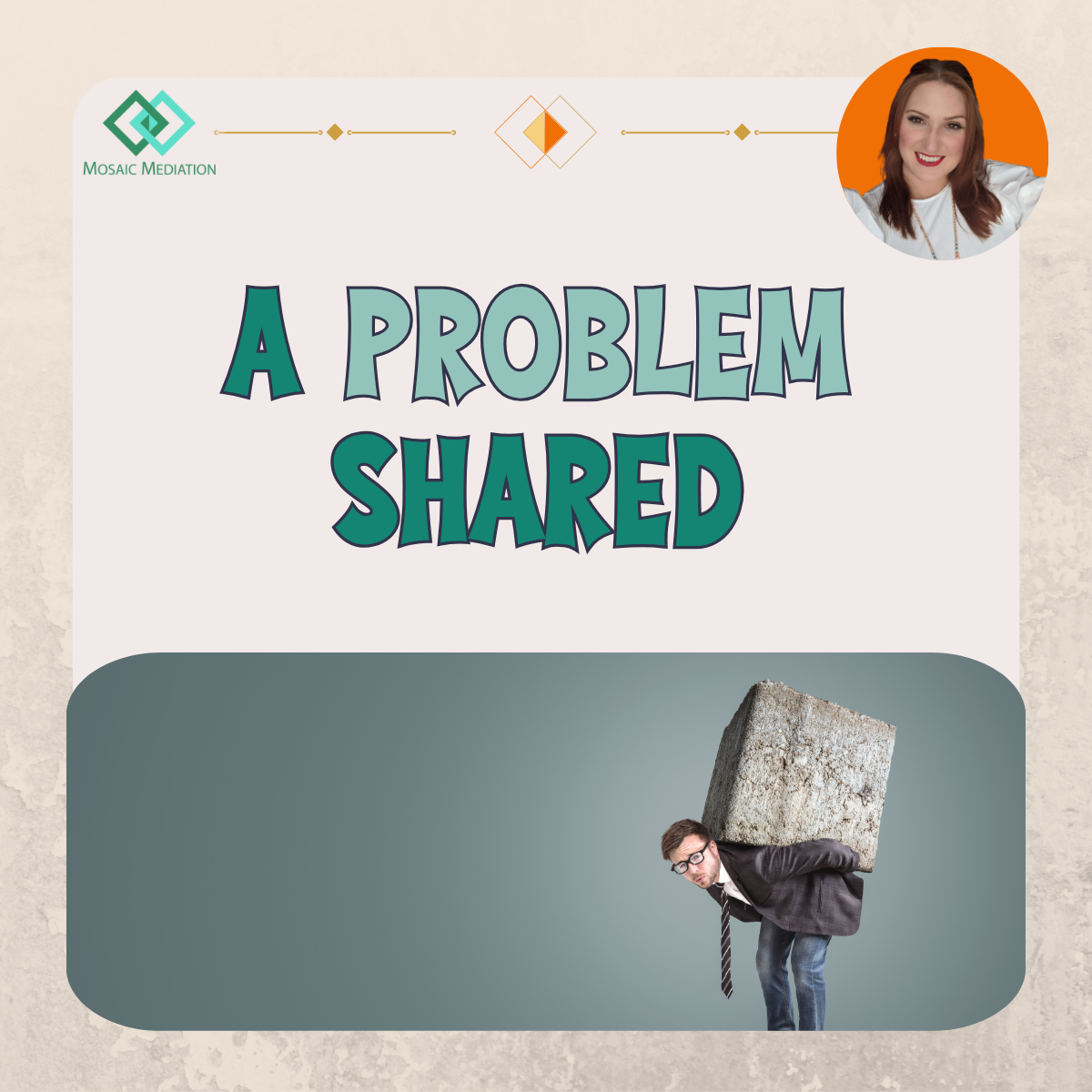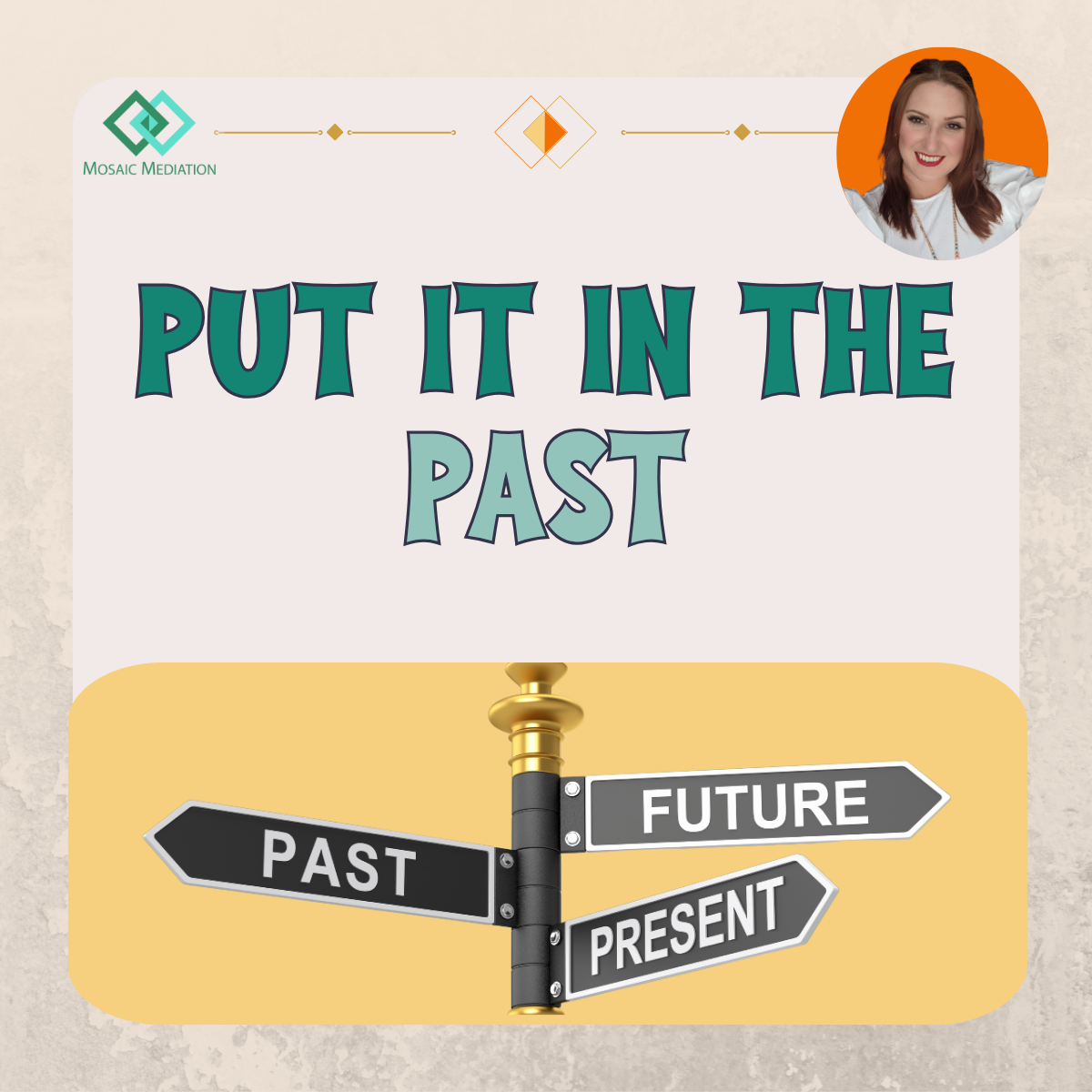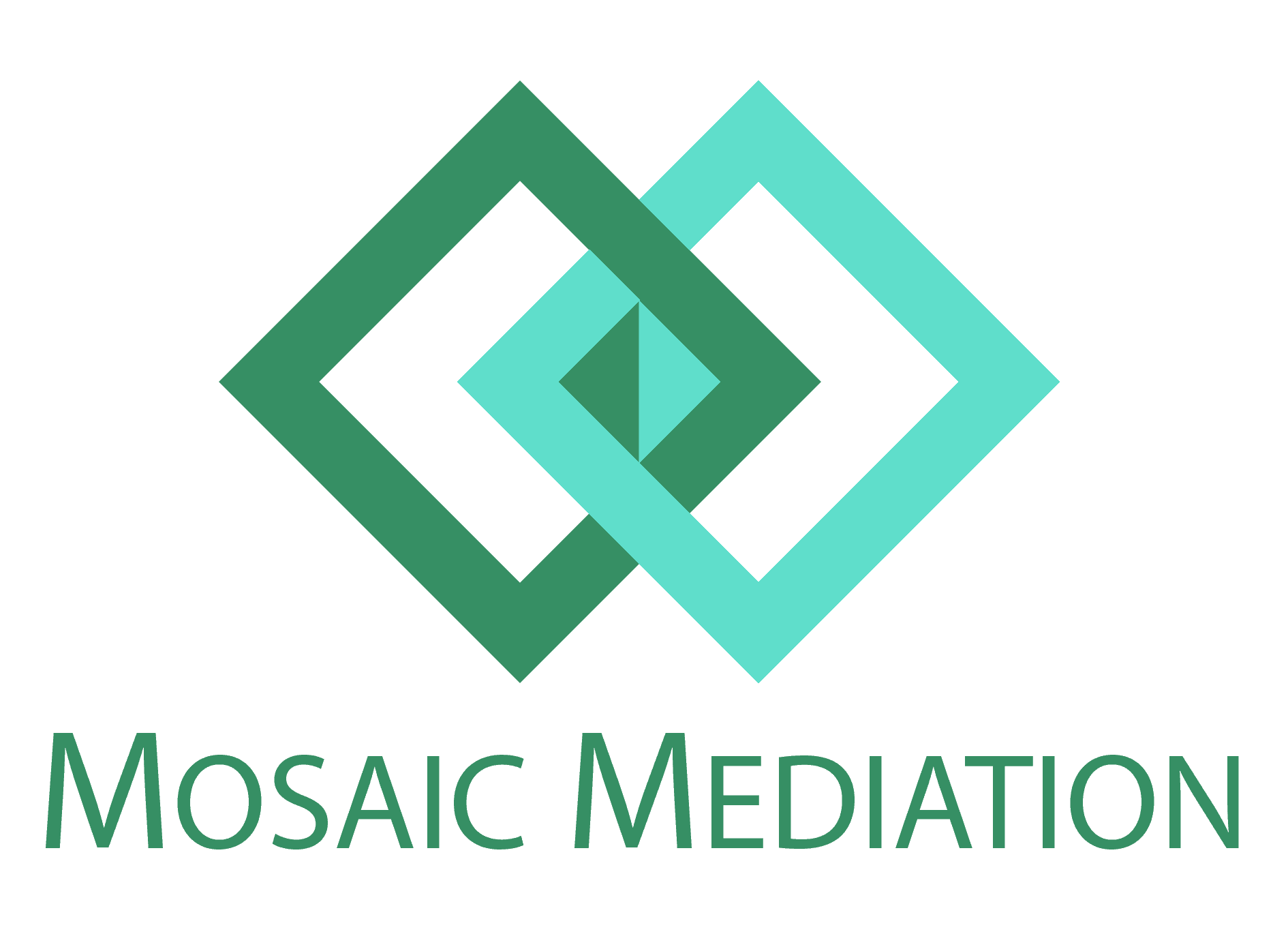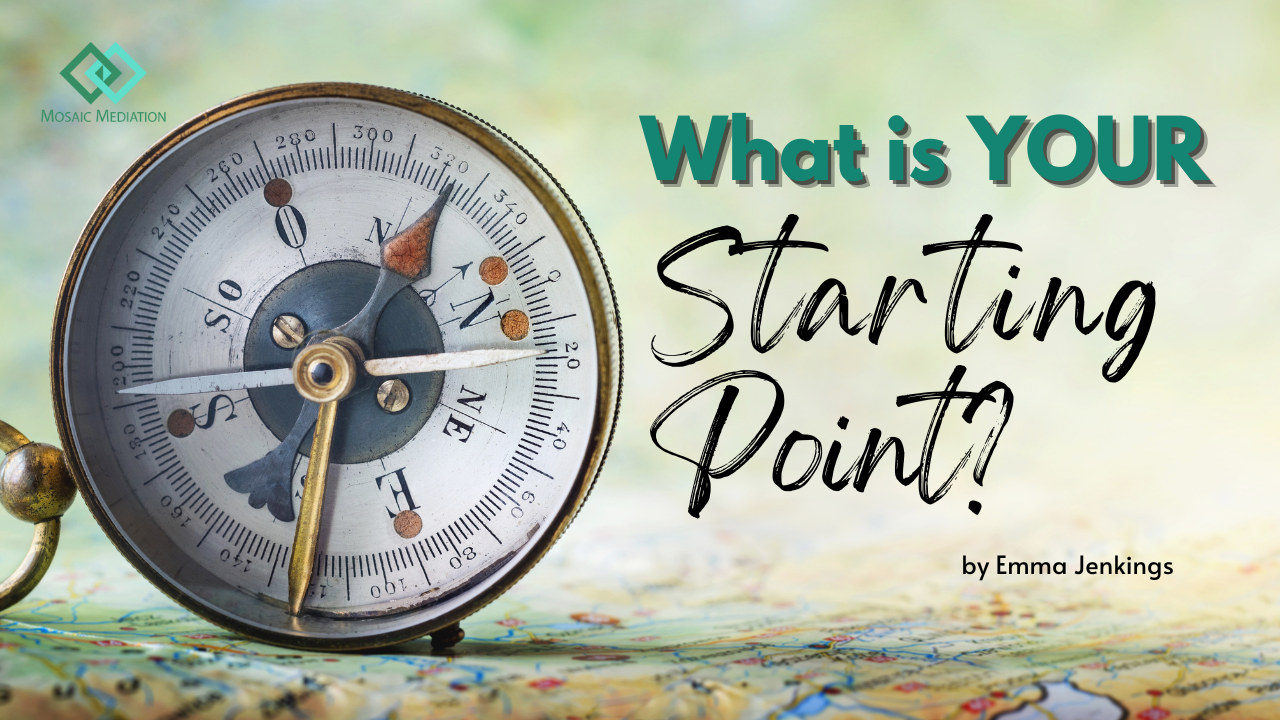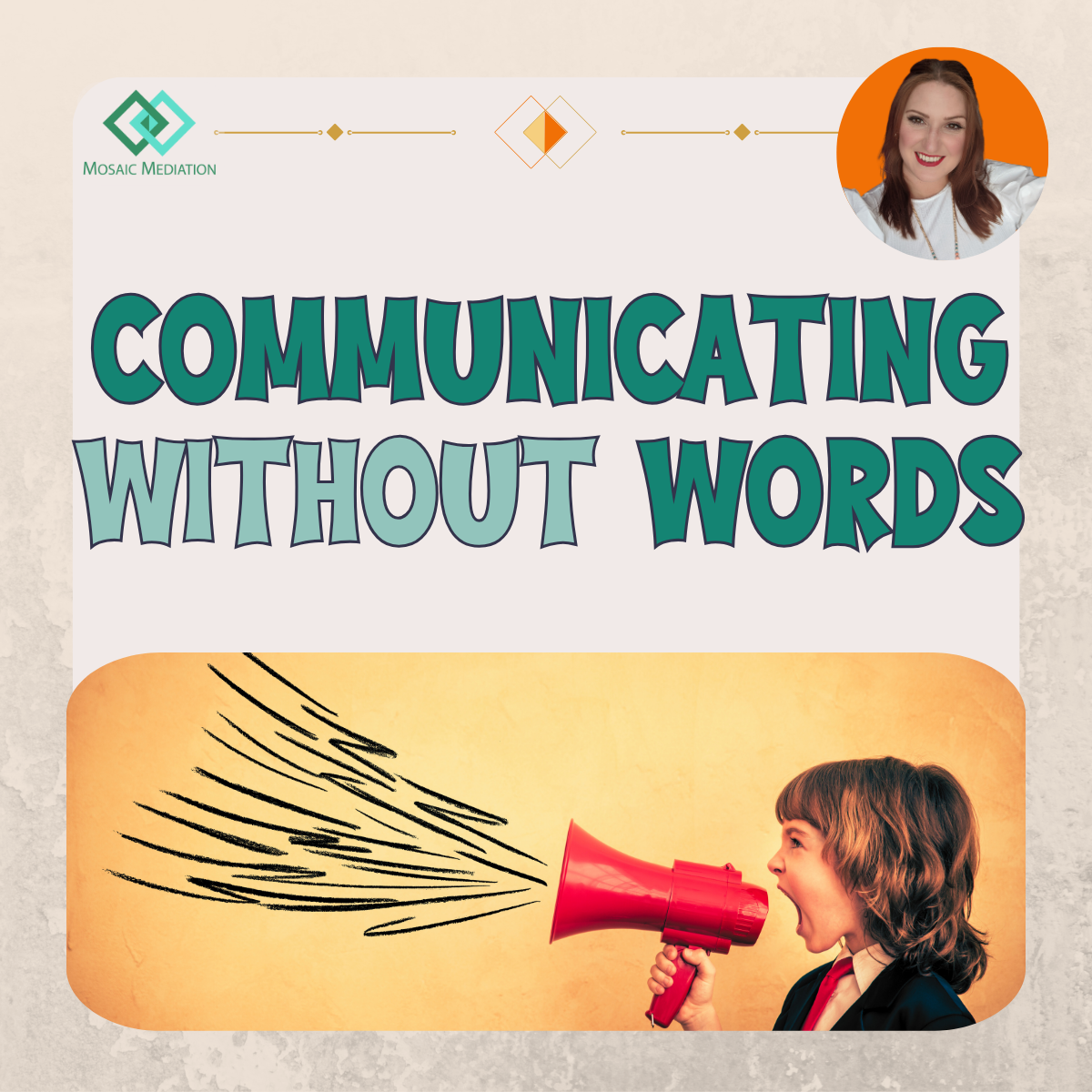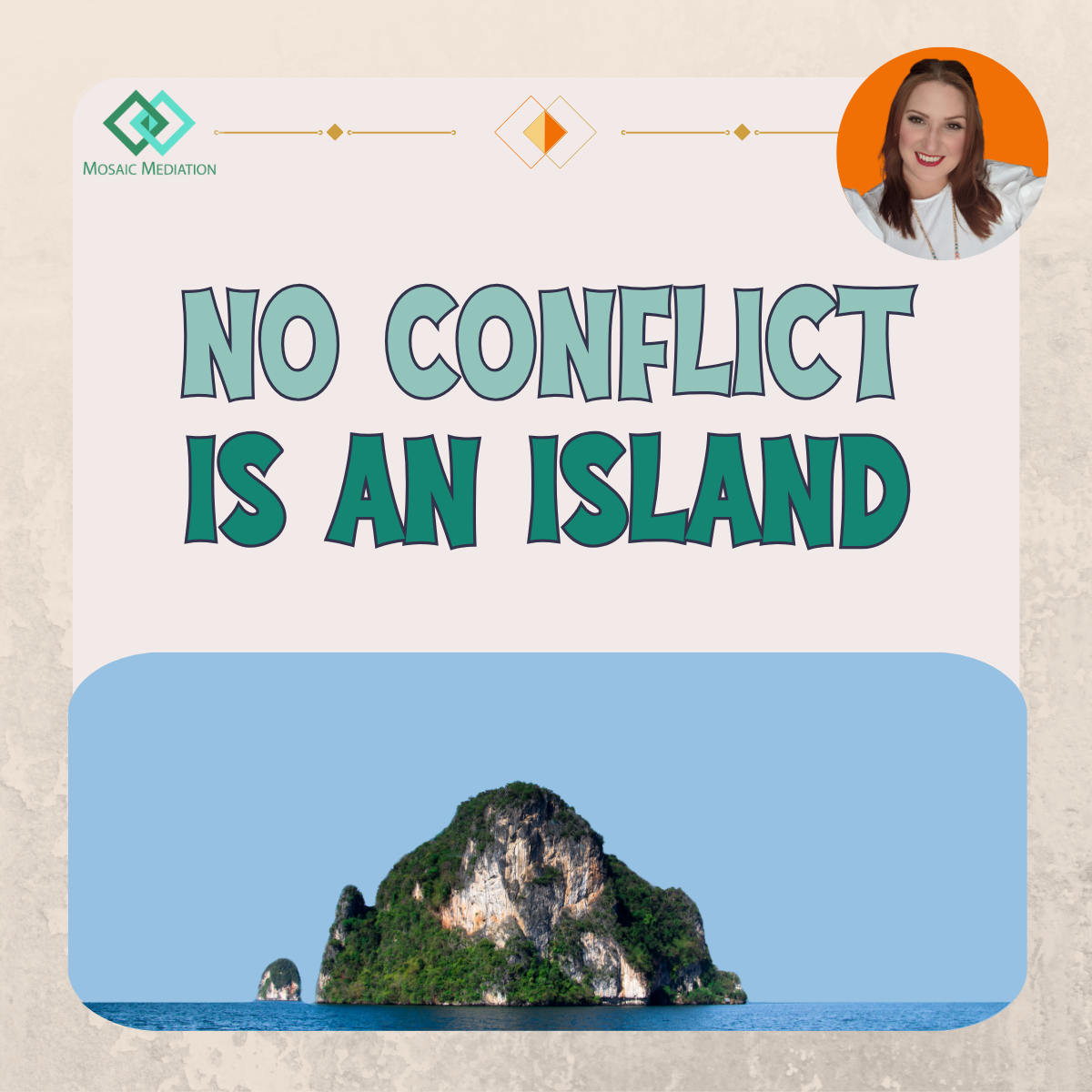What's Your 'Starting Point'?
We hear all the time that everyone is different and has a different story. A different upbringing, childhood, insecurities, relationship histories, communication style and work experiences. However, during a disagreement or moment of strong emotion, we tend to forget this.
Instead of making allowances for these differences, we can become subconsciously confused or unsettled by people behaving or communicating differently to how we would; or we make assumptions about what they are thinking or feeling - because that is how we would think or feel in that situation.
The reality is that everyone is influenced by their ‘starting point’ – a ‘this-is-where-I-am-coming-from’. In particular:
- the way people were taught how to communicate
- how they experienced conflict and conflict resolution (if, in fact, there was conflict resolution)
For example, someone who was heavily criticised or bullied in childhood may find constructive criticism to be a painful trigger for feelings of unworthiness or failure. Whereas another person, who feels secure in themselves and has had positive experiences of feedback and accountability within relationships, may see constructive criticism as necessary and a helpful tool in development.
Primary & Secondary Emotions
Often when conflict begins, it ignites over an issue which touches a nerve with someone. However, the primary emotion that was triggered by an event is rapidly overcome by another, less ‘vulnerable’ emotion. Maybe, an individual feels that they are being excluded from an ‘inside joke’ shared amongst their colleagues. The first feelings the individual in this example experiences are probably sadness and rejection, but this is quickly overshadowed by anger and resentment. Unfortunately, it is only these secondary emotions that are being communicated. So now the other individual/s are only responding to the secondary emotional response (anger), not being aware of the primary emotion (sadness).
Connection
Human beings crave connection, and the feeling of connection often comes when it feels like another person ‘gets’ them. Similarly, if it feels like someone doesn’t seem to understand them, or maybe has judged them inaccurately, there is a feeling of disconnection.
When we don’t actually communicate where we are coming from, but instead communicate our secondary ‘safer’ emotion, it follows then that people won’t understand – people are not mind-readers! And, if we aren’t aware of the core feeling being triggered it is even less likely that anyone else will realise what the core issue is.
Through being a DISC practitioner I find it fascinating to see an individual have more clarity on how they communicate, relate and think about situations - and how that might be different to other people they are around. This increased self-awareness and 'others-awareness' helps them see how interactions can be approached more effectively.
Unrealised interests
Frequently when I begin the mediation process, the people involved will tell me what they think led to needing mediation. Often, they will talk about the other person’s performance at work or general behaviour in the workplace.
What becomes apparent - both during my initial conversations and on the day of mediation - are the deeper feelings that had been evoked by something else. These feelings are often related to feeling disrespected, left out, misunderstood or hurt but it is rare for people to express such feelings to a work colleague. It is also clear to me how frequently external factors contribute to conflict occurring in the workplace – such as a person’s financial situation, family or marital relationship issues, health concerns, etc.
The 'Catch-22'
So, why does it sometimes take mediation for people to find resolution in these situations? Well, it seems to me that though people want connection, their experiences or assumptions (based on their 'starting point') cause mistrust, and then they struggle to be completely open.
This becomes a ‘catch-22’ scenario because they will not understand your starting point - your 'interests', your primary feelings about the issues, and what you really think. Connection is only found when you allow yourself to be a bit vulnerable and honest about your feelings and needs – avoiding the core issue or feelings makes connection or resolution almost impossible.
Here are 5 ways to reduce the likelihood of unnecessary conflict:
1. Challenge assumptions
So often we attribute characteristics, intentions or feelings to people when we don’t know them that well, we cannot read their minds and we don’t know how they truly feel - we do not understand their starting point.
Most people find it extremely frustrating when others make assumptions about them. Realise this will equally be true if you make assumptions about them, so don’t assume you already know their ‘starting point’. Challenge thoughts you have about them or the situation if they are not objective or factual.
2. Seek to understand
Recognise that you will only resolve things if you first learn where they might be coming from. The only way to get that information is to ask questions…
Are there any external stressors affecting their behaviour? Could there be something you did which contributed to how they feel and how the situation spiraled? Is the emotion you are witnessing, the primary or secondary emotion?
Asking questions not only helps communicate that you are interested (which tends to decrease defensiveness), but it also provides clarity on why someone may have reacted as they did – which, in turn, will widen your perspective and impact how you respond.
3. Be aware of your ‘starting point’
If you know where you’re coming from, you’re better equipped to communicate that to other people. How has your background, experiences, relationship history, culture, or communication style influenced how you see the situation or approach an interaction?
Some might call this your 'frame of reference'. In NLP terms, you may call it your 'map of the world'.
Understanding what behaviours or situations may act as a trigger for you will also give you a wider perspective on the situation. If that trigger causes you to act disproportionately to the event, it would surely improve your relationships if you acknowledge how your actions may have contributed to the current situation.
4. Educate with context
You can’t expect someone to behave as you would want, nor to be sensitive about certain subjects if you haven’t made them aware of what is specifically helpful or hurtful to you.
If you realise that you may have reacted in anger/frustration, but your primary emotion was hurt/sadness, then acknowledge that the other person can only respond to the emotion they have witnessed. They can only respond appropriately to the deeper emotion if they are made aware of it.
If it is appropriate, I often encourage individuals during mediation to talk about their story – workwise or personal – if they think that the other person has made inaccurate judgments about them. This often brings insight into a situation and can be impactful to both parties.
5. Acknowledge the importance of trust
If there is difficulty communicating or working with someone, it is likely that there is an issue of low trust within that relationship. Think about where the trust either has not yet been formed or has been damaged. What actions, words or behaviours will help to build trust in that area?
For example, if someone has little trust that you will keep the discussion private, how can you reassure them that they can speak freely without concern that what they say will be shared with others?
The point of acknowledging 'the starting point'
Communication is difficult, even with those who know us well and have learned to live with our quirks and triggers. If you continually try to interact with people who have different backgrounds, communication styles, quirks and triggers - and learn how to be self-aware and curious about their starting point - then you are much more likely to prevent unnecessary conflict and have more enjoyable working relationships.
Emma Jenkings is a conflict resolution specialist - supporting organisations with training and mediation, and equipping individuals to communicate more confidently and clearly through coaching and DISC assessments. You can email emma.jenkings@mosaicmediation.co.uk or get in touch via the website:
www.mosaicmediation.co.uk/contact/.
